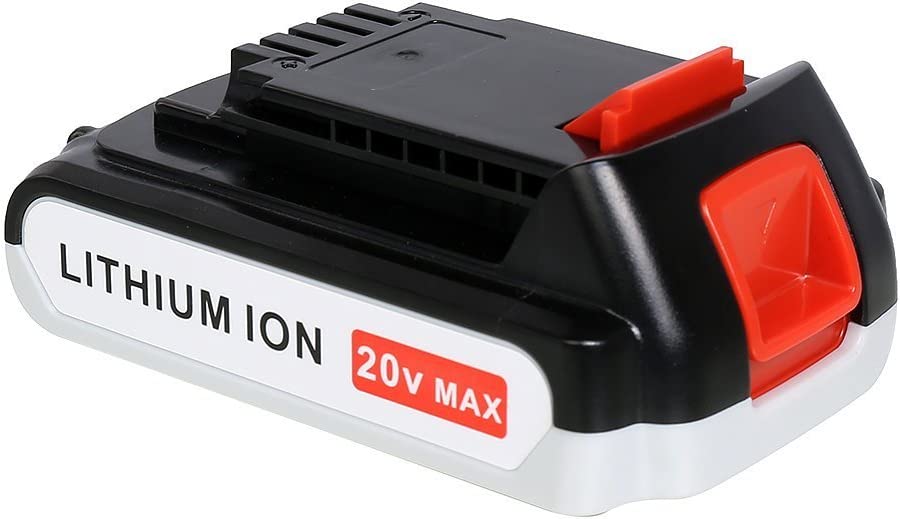xtinctionRebeller
10 W
- Joined
- Mar 17, 2020
- Messages
- 82
I would like to "underdrive" a 48v motor. Is it possible? The rationale is to use batteries that I have on-hand (so the up-front project cost is low). I'd rather not buy a 36v motor and then later get the urge to upgrade to a 48v motor.
I know overdriving is a thing per
this post:
These are the batteries I have on-hand:
Two Ryobi Ni-Cd 18v 3.5 Ah 63 Wh (for a drill):

Two Black & Decker Li-ion 20v (really 18v) 30 Wh (for a string trimmer and other things):

If I understand correctly, the firmware can be configured for any voltage between 20v and 60v, correct? Would it be sensible to wire each pair of my appliance batteries in parallel, and then serialize the two sets, to effectively have a 40v 93 Wh battery power a 48v motor? Is there a problem mixing li-ion with Ni-Cd? If so, I suppose I could just use 2 batteries.
I know overdriving is a thing per
this post:
eyebyesickle said:casainho said:We know there are 2 type of motors: 36V 4000 RPMs and 48V 4000 RPMs (this later works at 52V also, is the same motor). As for the controller, is just the same for all different configurations: supports from battery 20V up to 60V.
Yes, you can run 52v/14s on EITHER motor actually, the '36v type' motor will just spin a little faster with less torque than the '48v type' motor - but they both are compatible.
I call running 48-52v (54.6-58.8v) on the 36v(42v) motor 'OVERDRIVE'
These are the batteries I have on-hand:
Two Ryobi Ni-Cd 18v 3.5 Ah 63 Wh (for a drill):

Two Black & Decker Li-ion 20v (really 18v) 30 Wh (for a string trimmer and other things):

If I understand correctly, the firmware can be configured for any voltage between 20v and 60v, correct? Would it be sensible to wire each pair of my appliance batteries in parallel, and then serialize the two sets, to effectively have a 40v 93 Wh battery power a 48v motor? Is there a problem mixing li-ion with Ni-Cd? If so, I suppose I could just use 2 batteries.

